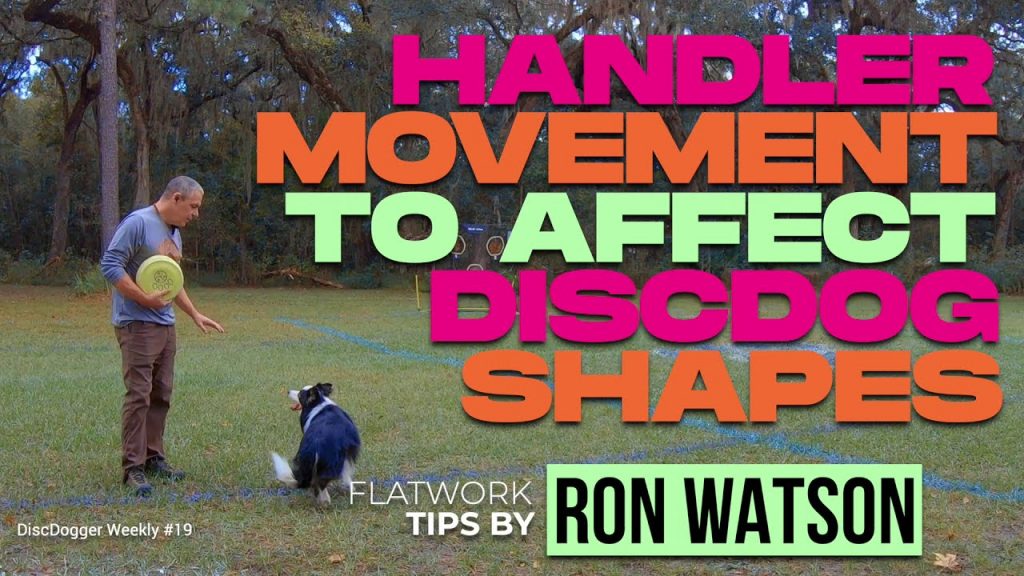
Handler Movement to Affect Disc Dog Shapes
Not only does how and where you throw matter when it comes to disc dog Shapes, but your movement also has great bearing on the types of lines your dog runs and how your team moves.
The Importance of Reading Your Dog’s Release
This simply can’t be stressed enough. You need to know where your dog is going to move after the catch. If you don’t know that you cannot affect their movement before they set up the retrieve and approach.
You should be setting up your dog’s retrieve and manufacturing the approach. In order to do this you must be acting before the dog turns back to look at you.
This is not unlike agility. The catch is like the previous obstacle. If you are not in position and handling the dog by the time the dog completes that obstacle, you are in trouble. Hopefully you are in position or working to be in position before the dog gets to that obstacle or at least while the dog is performing it.
This type of proactive handling cannot happen if you don’t know which way your dog is moving after the catch.
Move to the Front to Continue the Flank
Considering you know which direction your dog will move, if you move in front of the dog’s line, to where the dog is going, you will continue the flank and will apply pressure on the dog to continue on in that direction.
This is useful for both Team MovementTeam Movement is how dog and handler move, as a team, out there on the field. It is a judging category in some organizations and certainly is a focus of many judges, players,... More and Flatwork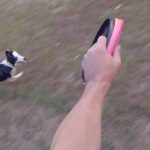 Flatwork is the stuff that happens between the catches. How the team moves and transitions, often without the disc, is flatwork. Flatwork concepts in disc dog are taken from the agility and herding... More. Pushing the dog around the field gives slows the dog down and gives you plenty of time to prepare for the next throw or movement.
Flatwork is the stuff that happens between the catches. How the team moves and transitions, often without the disc, is flatwork. Flatwork concepts in disc dog are taken from the agility and herding... More. Pushing the dog around the field gives slows the dog down and gives you plenty of time to prepare for the next throw or movement.
You probably do not want to move in this direction if your next move is going to be an over or a vault or you want a nice tight pass or to reverse field and move in the other direction.
Moving in this direction pushes the dog away from you in the direction he is already moving in. Movement in this direction will slow the dog down, increase an outrun, and reinforce the dreaded “victory lap”.
Move Behind the Dog to Kill the Flank
Moving behind the dog will kill the flank. It will pull the dog in towards you and against the grain of his or her movement.
Simply moving to where the dog has made the catch will serve to kill the flank, so if you find yourself with a linear retrieve every time you follow your dog, odds are you’re moving to where the dog has made the catch instead of moving to where the dog is going to be. A simple adjustment can change the shape and reduce the speed and intensity of your dog’s retrieve and approach.
If you move further behind the dog than where the catch happened you can aggressively pull the dog in on a linear retrieve and get some increased intensity on the retrieve. This can be useful for eliminating a dog’s “victory lap” outrun.
Effects on Interior Movement and Sequencing
These same effects will happen on interior sequences, and although the scale is much smaller the effects can be much greater. Given the short distances improper movement in the inside game can be a deal breaker on that cool sequence you’re working on.
In particular, moving in front of or even turning in the direction the dog is moving or releasing to after a vault can make an over or another vault nearly impossible. Likewise, turning away from the dog’s movement can pull the dog in too sharply and short you on the time needed to get in position or the necessary distance for the next move on a particularly tight sequence.
Affecting the dog’s line with handler movement is often much more difficult in interior sequences due to time and space constraints, but also our habitual movements or our preference for direction can be a real problem.
Knowing the effects of our movement on the dog’s line can be a real difference maker for making those tough sequences seem easy. Ignorance of these effects can make some sequences impossible.
Speed and Intensity Matters
The speed and intensity with which we move can and will affect the dog’s movement in like fashion. If we sprint behind the dog, perhaps calling his or her name, the dog is likely to pull off that victory lap rather quickly. And if we sprint to a spot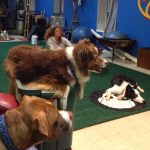 Spot is a “go to a place”, or “go to a mat” behavior. This means that the dog seeks out and performs a duration behavior on a spot of the handler’s choosing. A... More in front of the dog we can push the dog further out on the flank than normal.
Spot is a “go to a place”, or “go to a mat” behavior. This means that the dog seeks out and performs a duration behavior on a spot of the handler’s choosing. A... More in front of the dog we can push the dog further out on the flank than normal.
And this also holds true on interior sequencing. Big, fast or aggressive handler movements can and does affect the dog in like fashion in the inside game which is something else to keep in mind…
Moving After the Release
It is possible to read the dog’s release and respond after the dog has chosen a direction. I had to do this several times with Eppie. It is not desirable, but totally can be done and can be of use in both Team Movement and routine building.
This might be a necessary evil if your dog is particularly balanced, as Eppie is. If your dog is not particularly balanced, or is strongly unbalanced you should know before hand, making moving after the release a handling error.





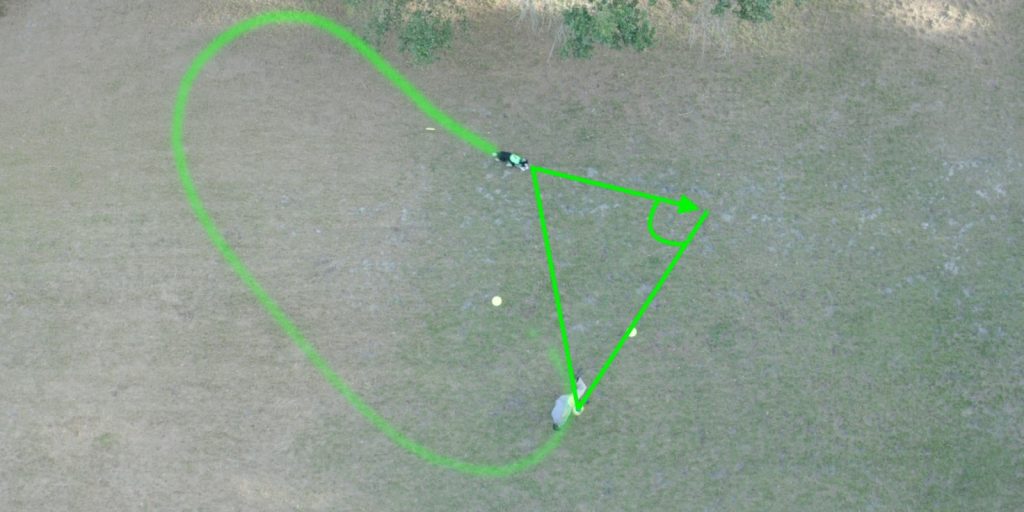
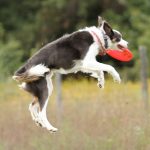
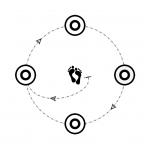
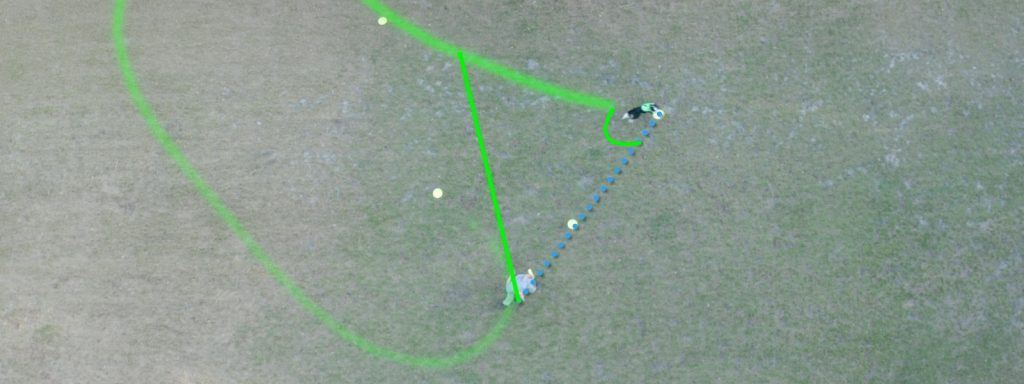


Got it! Looks very simple but I had looked video twice before I grasped the idea. Very useful post!
Most things that are simple are hard to get a mental handle on…
This is an important and impactful idea, for sure, it is a standard concept, but the application differs on a dog by dog basis.
It is much more useful for an unbalanced dog. For the balanced dog like Eppie it is a bit harder to get that mental handle on.